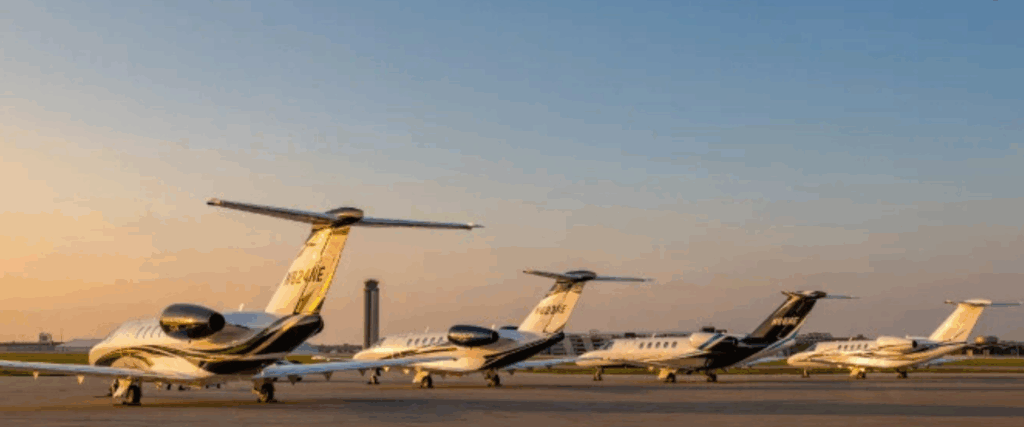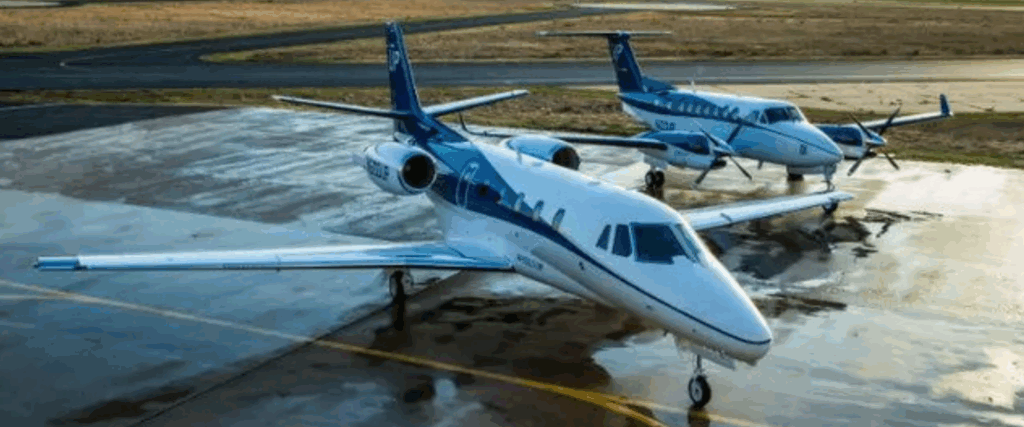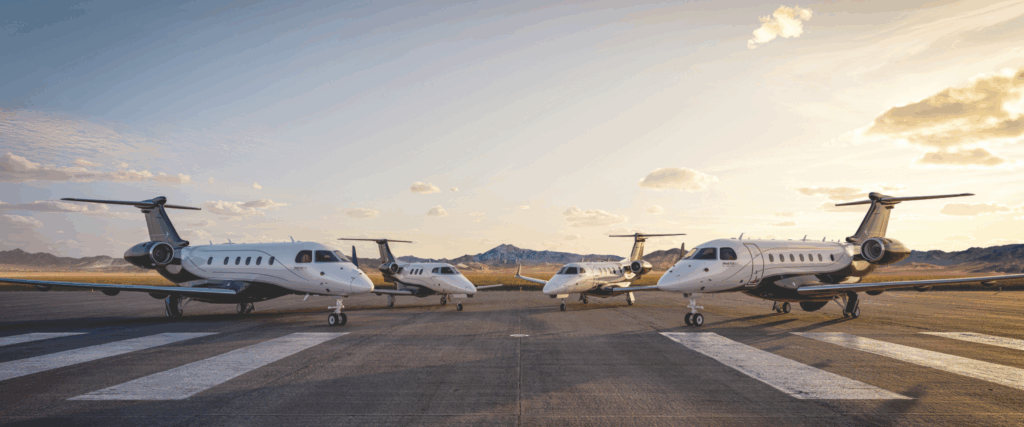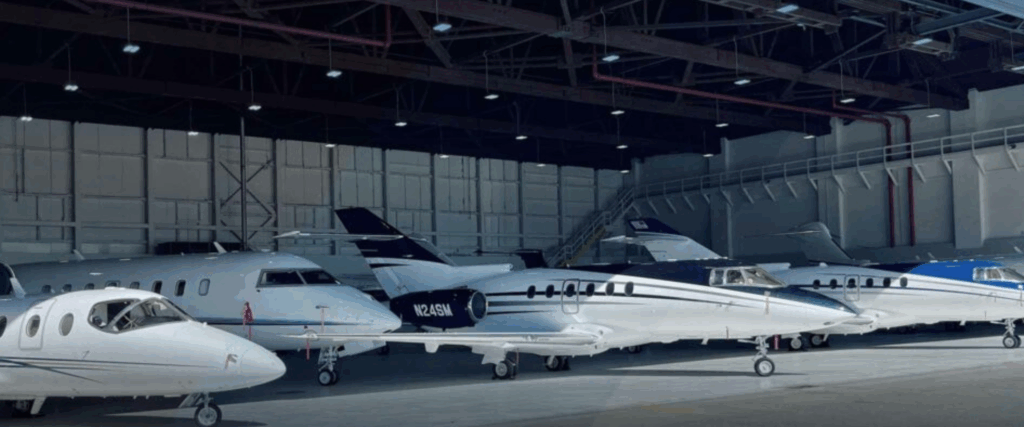When it comes to buying a business aircraft, the most expensive mistake isn’t necessarily paying too much for the airplane — it’s buying the wrong one. Many buyers start the process with a preconceived idea of the aircraft they want, often influenced by brand reputation, peer ownership, or cabin aesthetics. But without a clear-eyed assessment of how the aircraft will actually be used, the purchase can turn into an expensive mismatch. The truth is simple: the mission should define the aircraft, not the other way around.

WHAT MISSION PROFILE REALLY MEANS
A mission profile is a blueprint of your actual flying requirements. It captures the real-world data about how, where, and with whom you will fly. It accounts for more than just range or passenger count — it incorporates budget, operating environment, and long-term ownership goals. Buyers who skip this step risk ending up with an aircraft that is too costly, too small, or simply impractical for their needs.

THE ESSENTIAL QUESTIONS
Typical Routes: Are most of your flights short regional trips, or do you regularly cross oceans? A buyer flying Dallas–Chicago each week doesn’t need the same aircraft as someone flying New York–London.
Passenger Load: How many people will you carry on most trips? Flying solo or with two passengers calls for different cabin requirements than transporting a team of eight executives.
Airport Environment: Do you operate into challenging airports with short runways or high elevation, such as Aspen or Telluride? Performance requirements in these locations can narrow your choices significantly.
Operating Costs: What are you prepared to spend per flight hour? A long-range aircraft may run $4,500 or more per hour, while a light aircraft could be closer to $1,200. Understanding this trade-off avoids painful surprises.
Cabin Needs: Connectivity and comfort matter. Is high-speed Wi-Fi a must-have for productivity? Do you need sleeping capability for long-haul flights? These details shape the right fit as much as range or speed.

EXAMPLES OF MISSION MISALIGNMENT
It is not unusual to see a buyer pursue an ultra-long-range aircraft because of prestige, only to realize that 90% of their flights are under 1,000 nautical miles. In such cases, the owner pays far more in fuel, crew, and maintenance than necessary. On the other end of the spectrum, buyers who undersize their aircraft quickly regret it when forced into fuel stops or when passengers complain about cramped cabins on long legs. Both mistakes lead to the same outcome: frustration, higher costs, and premature resale.

WHY GETTING IT RIGHT MATTERS
Defining your mission profile correctly at the outset protects not only your wallet but also your time and productivity. An aircraft that fits your mission will be efficient to operate, comfortable for passengers, and easier to resell when the time comes. It will feel like an extension of your business strategy rather than an indulgence.
At Holstein Aviation, we make mission profile analysis the first step in every acquisition. Our IADA-certified team works closely with clients to map their routes, assess passenger requirements, evaluate airport environments, and analyze budgets. By pairing these insights with real-time market intelligence, we help buyers avoid costly mistakes and secure the aircraft that truly fits their needs. This disciplined approach transforms the buying process from guesswork into a confident, strategic investment.